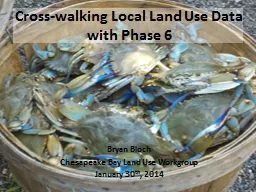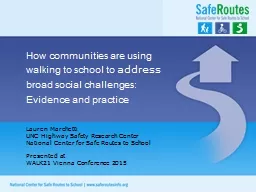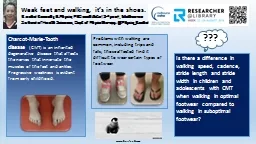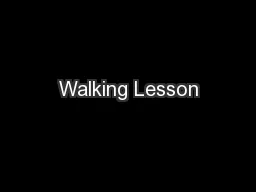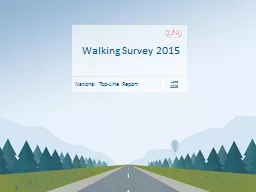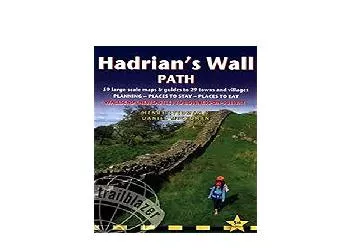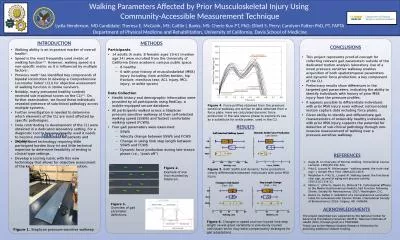PPT-Cross-walking Local Land Use Data with Phase 6
Author : debby-jeon | Published Date : 2019-11-24
Crosswalking Local Land Use Data with Phase 6 Bryan Bloch Chesapeake Bay Land Use Workgroup January 30 th 2014 Delaware Chesapeake Bay 452 360 acres 35 of total
Presentation Embed Code
Download Presentation
Download Presentation The PPT/PDF document "Cross-walking Local Land Use Data with P..." is the property of its rightful owner. Permission is granted to download and print the materials on this website for personal, non-commercial use only, and to display it on your personal computer provided you do not modify the materials and that you retain all copyright notices contained in the materials. By downloading content from our website, you accept the terms of this agreement.
Cross-walking Local Land Use Data with Phase 6: Transcript
Download Rules Of Document
"Cross-walking Local Land Use Data with Phase 6"The content belongs to its owner. You may download and print it for personal use, without modification, and keep all copyright notices. By downloading, you agree to these terms.
Related Documents

